Eitan - Unexpected Successor of the M-113 Vehicle. Mass and Armour - Main Advantages
After a very long period of operational use of the legendary, continuously modernized track-chassis M-113 “Zelda” armoured carriers, the Israeli land forces decided to find a surprising replacement of that platform. Here, we mean the Eitan vehicle, which is a wheeled 8×8 APC. After the long period of analytical work and tests, the Israeli Army decided to acquire a wheeled platforms, even despite the earlier negative opinions (e.g. referring to the US-made Stryker IFV), suggesting that this type of combat vehicles has a limited level of usability within the scope of combat operations carried out within the areas of military interest of Israel.
The initial official information pertaining to the new Eitan and Carmel (32-tonnes demonstrator of a new generation combat vehicle) platforms have been publicized in October last year.
Prototype of the Eitan vehicle (Hebrew for long lived) was presented by the Israeli Ministry of Defence, together with the Israel Military Industries Ltd (IMI) company. This vehicle is going to be a complementary platform for the heavier, more expensive and specialized track-chassis-based Namer, carriers based on the Merkava tank. Representatives of the Israeli Army claim that Eitan is going to be the most advanced and best protected wheeled combat vehicle in the world. At the same time, its price is expected to be 50% lower than in case of the Namer platform.
During the course of the development works, rich experience gathered by the Israeli Army during the combat deployments, as well as conclusions gathered by other countries, pertaining to a number of similar operations, were used and put into practice. The main design assumption was to utilize, to a maximum extent available, the readily available and track-proven solutions and components of such vehicles, including the solutions known from the civilian applications. The hull, weapons system and applied protection have been originally designed in Israel, while every element of the optronic, self-defence, operational support and data transmission suites that could have been used in the wheeled platform, was taken straight from the Merkava IV tank and from the Namer vehicle.

The Eitan's crew consists of 3 persons (commander, driver and gunner) and nine fully equipped troops, who use the rear ramp for leaving the vehicle. The ramp is protected by two extended armoured modules. The troops may also use topside hatches to leave the carrier in question. The hull itself is designed in an arrangement which is quite high (for the mine protection purposes) while its front armour plates, lower and upper one, feature a peculiarly shaped surface which makes it possible to deflect the projectiles that could potentially hit the vehicle. The topside shape has a slightly different form, due to the headlights arrangement.
The carrier, contrary to its co-existing counterparts, features a both-sides inclined (from the perspective of the troop hatches) topside plate. The front pair of wheels is not completely covered from the front, which increases the probability of damage, nonetheless, such solution enhances the off-road capabilities of the vehicle. The same may be said about the exposed sides of the suspension system. It is possible though to install additional armour plating there, in a manner similar as the one applied in other series-manufactured vehicles. The general dimensions of the platform remain unknown, however it seems to be quite high and spacious. This makes it possible to freely arrange the interior and tailor it for specialized use and prospective modernization.
The Total Technically Permissible Mass (TTPM) is defined ad 35 tonnes – hence we may assume that payload capacity of the carrier is quite high – the Israeli designers, from the very beginning, decided to create a vehicle with TTPM which would correspond with the upper limit generally seen in case of similar solutions available on the market.
Each of the crew-members is going to have equipment at his/her disposal, allowing them to gain full situational awareness, along with additional task-related systems allowing the crew to fully realize the position-related operations which are usually carried out by a crew-member operating the given portion of the vehicular systems. Each of the crew-members also has his own, independent hatch at his/her disposal. The vehicle has been fitted with a 750 HP engine which allows it to achieve top speed of 90 kilometres per hour on a hardened road.
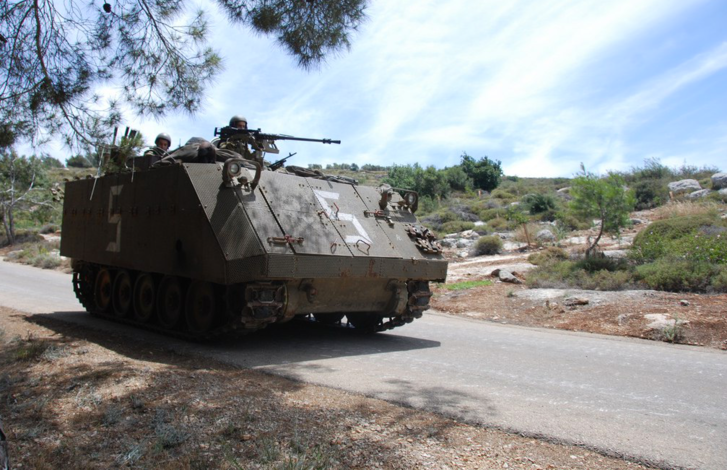
The protection is provided by a special purpose system including both passive combined armour modules, as well as passive and active electronic countermeasures. It is assumed that the minimum expected protection for the front part of the vehicle is equivalent to the level V+ defined by the STANAG 4569 norm, while the remaining areas are compliant with level IV of the same standard. The final configuration is going to feature a special variant of the active hard-kill protective suite which is a derivative of the Trophy system. The vehicle is also going to be ABC-protected and air-conditioned.
The armament of the vehicle, in the current armoured carrier variant consists of a remotely controlled module featuring a 40 mm automatic grenade launcher and 7.62 mm machine gun, or alternatively, a similar module featuring a .50-cal heavy machine gun. Modular structure of the carrier makes it possible to install a wide variety of weaponry on-board, depending on the user-defined requirements, including a 120 mm cannon or mortar, or even a rocket launcher. The IFV received by the Israelis is going to be fitted with a remotely controlled turret module with a 30 or 40 mm cannon, coupled machine gun and an ATGM launcher.
Moreover, data analysis and acquisition systems are also probably going to be innovative, since they are going to be based on the latest optoelectronic and electronic solutions. The carrier is going to be tailored to the net-centric battlefield, which means that not only is the platform going to operate in connection with the vehicles utilized by the land forces, but also with some other systems, including the ones used by the Air Force or the UAVs. The assumptions implemented allow us to expect that the platform is going to feature a number of systems which would increase the level of situational awareness of the carried troops. By installing a set of proper diagnostic systems for the key components and mechanisms of the vehicle, the maintenance processes are also going to be easier.
As a successor of the obsolete M-113 platform, the new vehicle is going to be manufactured in a number of specialized variants, so that it replaces the whole fleet of the M-113 carriers used so far. The series production is expected to begin in 2020, at the moment another two prototypes are being built, for the purpose of the further testing. USD 3 million is the estimated price per a single unit.
Marek Dąbrowski

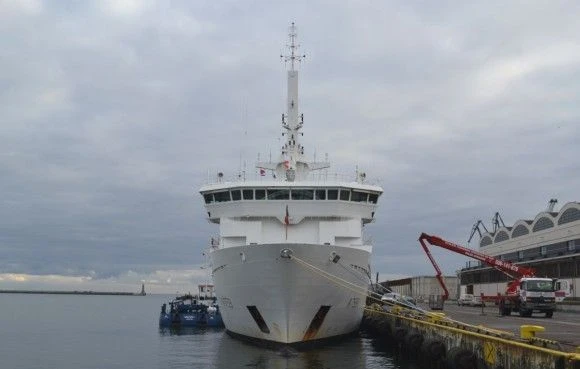
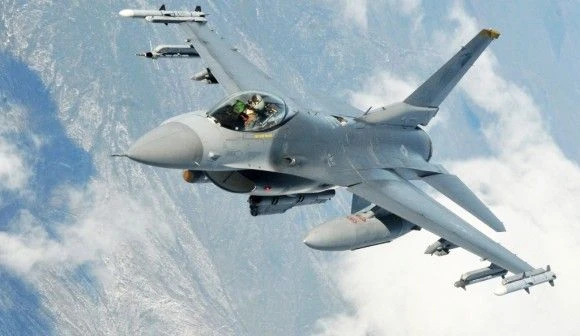

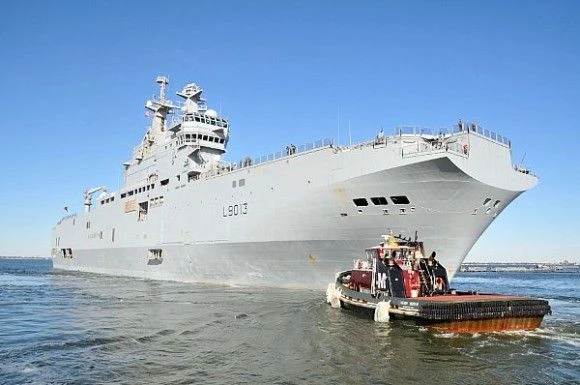
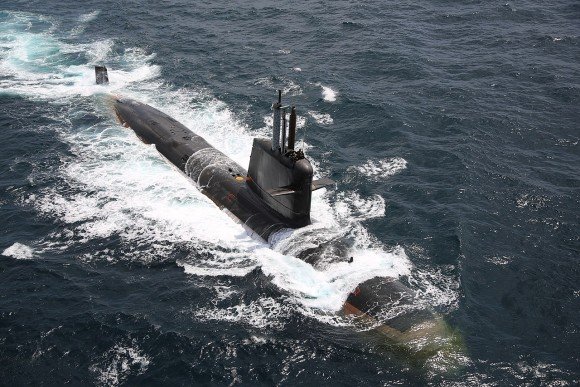
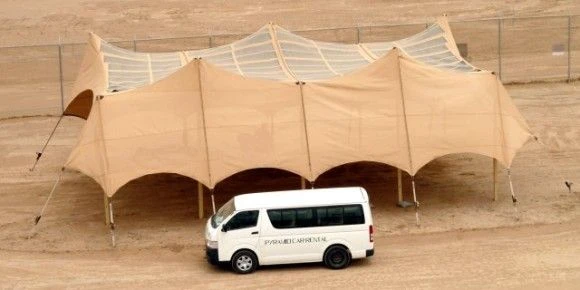
WIDEO: Defence24 Days 2025: Premier Defence & Security Conference in CEE